Estimated reading time: 5 minutes
Did you know you can grow a whole new fruit tree just from a piece of root?
Every year at the farm we plant new fruit trees. Usually, we prune both the roots and the tops of the trees when we plant them.
It would be easy to throw these prunings away as ‘rubbish’, but they’re actually the exact ingredients you need for root grafting.
What does “root grafting” mean?
Root grafting isn’t new. Like all grafting techniques, it’s been around for a very long time.
It’s easy to imagine some enterprising gardener, possibly hundreds of years ago, thinking to herself “I wonder what would happen if I attached this piece of root to this piece of wood and planted it?”
It’s an almost unheard-of technique these days. Luckily at the farm, we have access to Katie’s dad Merv, who is a trained grafter and orchardist with well over 60 years of experience to guide us.
Different types of grafting
There are lots of different types of winter (or spring) grafting. The three main ones we use on the farm (and teach in the Grow Great Fruit program) are whip-tongue, cleft, and bark grafting.
Root grafting uses the first of those techniques; whip-tongue grafting.
It’s one of the easiest and most reliable forms of attaching the rootstock (in this case – the roots!) to the scion wood.

They’re attached together in the normal way, but here’s where one of the differences from normal grafting lies. When the newly grafted tree is planted, the union is under the soil!
Now, anybody who knows anything about fruit trees will know this might lead to a couple of issues.
Potential problems with root grafting
The first potential problem is that the tape used to seal the graft union must be cut once the graft has healed. This is going to be slightly more awkward than usual because it’s underground.
There are two solutions to this problem:
- When the time comes to cut the tape, just remove enough dirt to be able to get your knife down far enough to reach it. Make the cut, carefully remove the tape, then replace the soil.
- Use biodegradable ‘buddy’ tape which doesn’t need removing.

The second potential problem is that the scion might take root. This is because the base of the scion (at the graft union) will be underground. Usually when you plant a fruit tree you make sure the graft union is well clear of the ground (for exactly this reason).
With root grafts, this is impossible!
This has the risk of robbing the rootstock of its characteristics. In many cases, this doesn’t really matter. There’s no particular issue with a fruit tree growing on its own roots.
However, if you’re using roots from a dwarfing rootstock this could really be a problem. If the scion wood grows its own roots you’ll lose the dwarfing characteristics of the rootstock.
Unfortunately there’s not much you can do about this. Just think of it as adding to the adventure, because you don’t know what characteristics your rootstock will have.
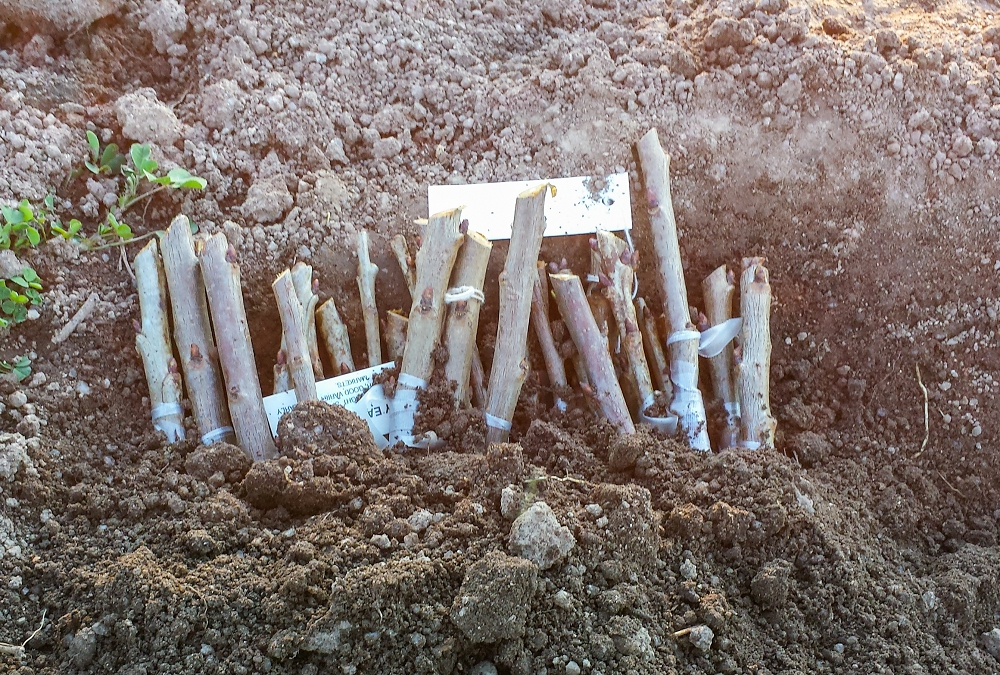
What type of trees are good to root graft?
You can use this technique on any fruit trees. However, it’s particularly good for cherries.
Why? Because cherries are notoriously difficult to propagate in any of the normal ways (ie from seed or cuttings). Root grafts are a terrific way of turning the one tree you’ve bought into many more trees.
Regardless of whether it works or not, you’ll almost certainly get some warm fuzzy feelings of harvesting all the bits you’d normally discard as rubbish to turn them into something useful.
And it’s always great fun watching to see what happens next!
Related Articles
A good grafting knife…
A good grafting knife (and knowing how to keep it sharp) sets you up for grafting success as much as the techniques you need to master.
Will subtropical fruit trees work in your garden?
A lot of subtropical fruit comes from indigenous forest cultures, but that doesn’t mean you can’t grow it in your backyard.
Animals, fruit trees, and electric fences
Animals and fruit trees go well together if you can figure out how to enjoy the benefits without the animals doing too much damage.

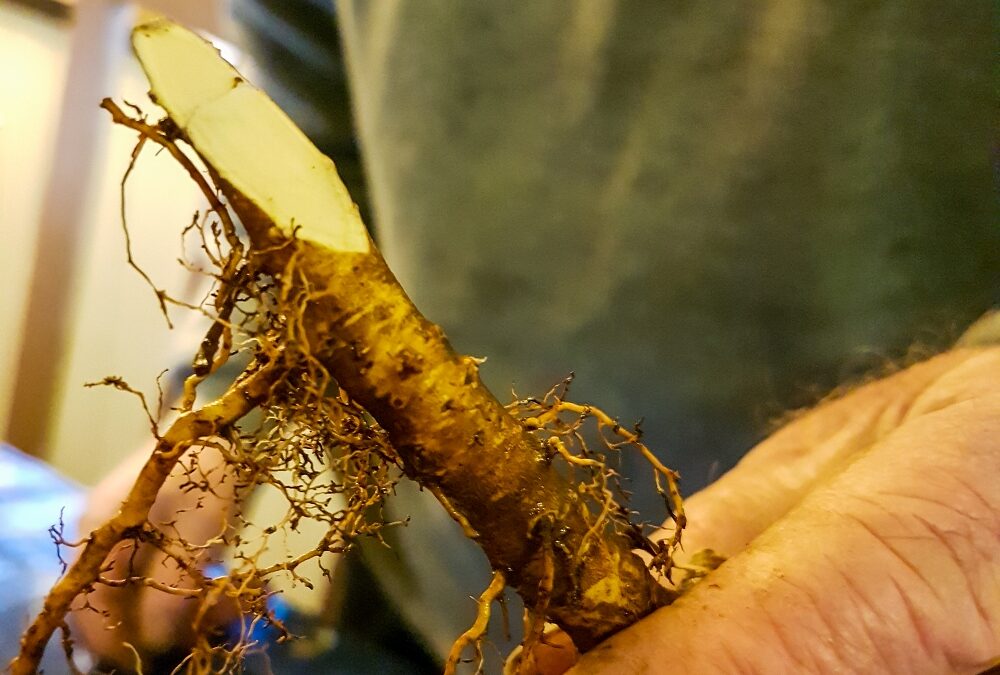
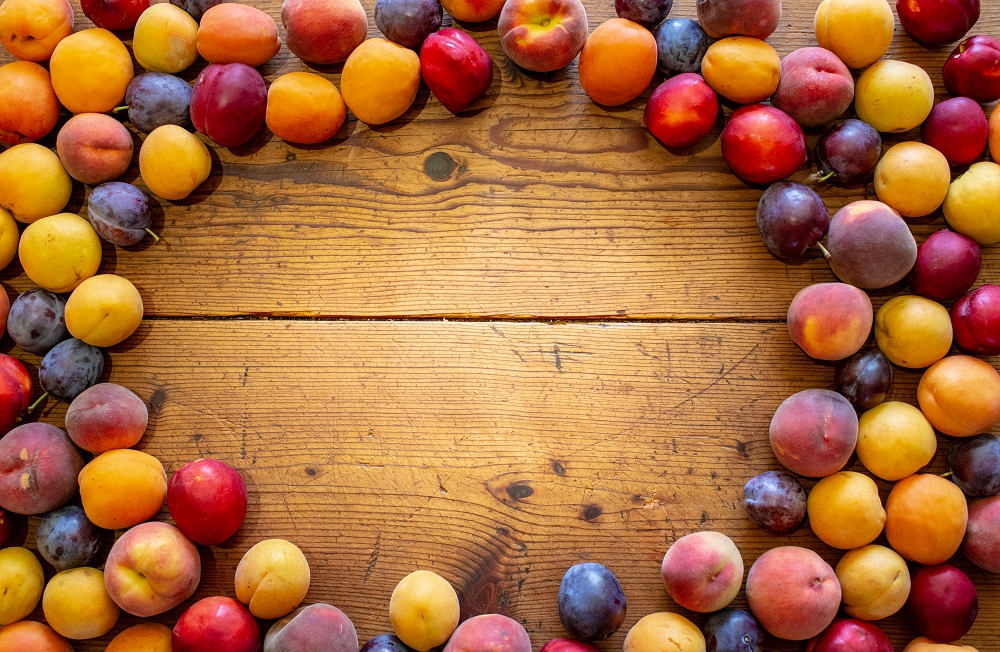
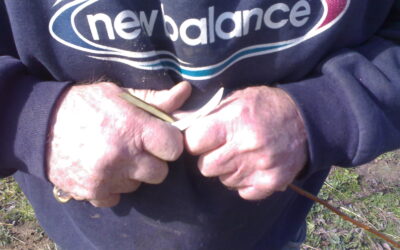
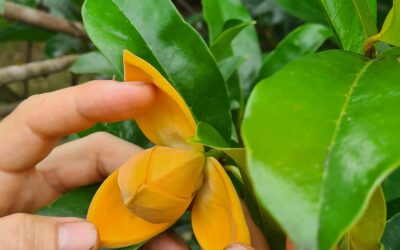
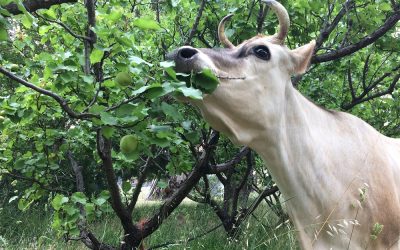
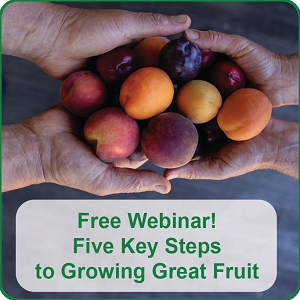
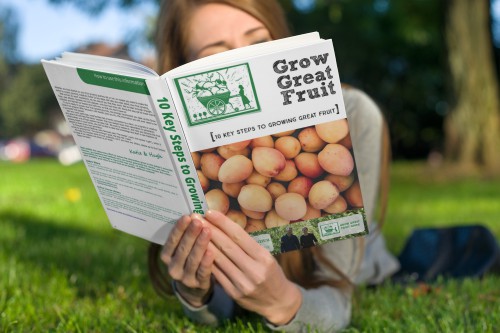
Hello,
I am really wondering the results.
Could you please share..
Thanks alot
Ergin
Hi Ergin, thanks for asking! Most of the trees grew perfectly well, thanks. As with any type of grafting we had a few failures, but most of them grew into happy fruit trees that we sold through our Carr’s Organic Fruit Tree Nursery. We don’t know what happened to them next, but we like to think of them happily growing delicious cherries for their new owners.
I’m a novice what and where do I get the scion I have numerous cherry trees but production is mute .I live in 8b! Thanks
Hi Richard – that’s a great question. I’m thinking 8b might mean you’re somewhere around Oregon in the USA, if I’ve understood correctly. Do you have any local orchards in your area you could go and check out? Or, talking to other home gardeners and swapping scions can be a great way to keep diversity moving around. Good luck! Meg – GGF team.
Are you aware of anyone using this technique with avocados?
Or on apricots, I’m curious?